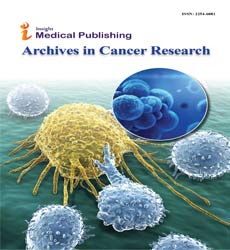
“Extracts from Cannabis species have aided the discovery of the endocannabinoid signaling system (ECSS) and phytocannabinoids that possess broad therapeutic potential. Whereas the reinforcing effects of C. sativa are largely attributed to CB1 receptor agonism by Δ9-tetrahydrocannabinol (Δ9-THC), the observed medicinal effects of Cannabis arise from the combined actions of various compounds. In addition to compounds bearing a classical cannabinoid structure, naturally occurring fatty acid amides and esters resembling anandamide and 2-arachidonoyl glycerol isolated from non- Cannabis species are also valuable tools for studying ECSS function. This review highlights the potential of plant-based secondary metabolites from Cannabis and unrelated species as ECSS modulators.”








